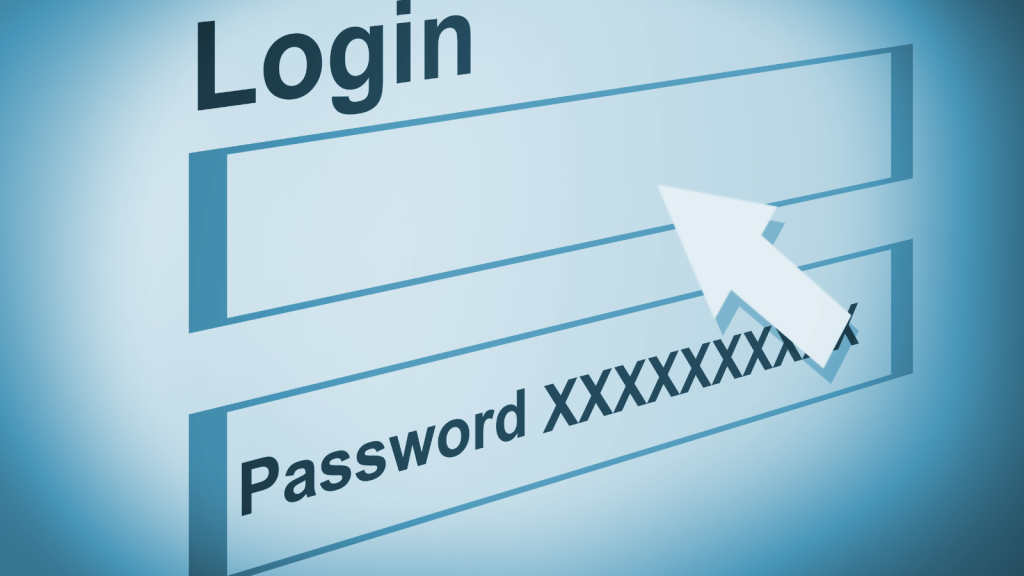Setting up and managing a Facebook Ad account might seem like plugging in a coffee maker — simple enough at first glance, but what if you want espresso? Or a latte with cinnamon foam? That’s where the real magic (and strategy) lies.
In this comprehensive guide, we’re not just walking you through the standard steps — we’re also revealing untold tips, NLP-driven tricks, and story-woven lessons that make all the difference between a $10 wasted boost and a $10 ad that sells $1,000 in products.
Let’s dive in.
Chapter 1: Meet Ella – The Accidental Entrepreneur
Ella runs a tiny online jewelry shop called “TwinkleTales.” She’s passionate, talented — but overwhelmed by marketing. One night, over green tea and cat cuddles, she decides to create her first Facebook ad. She clicks “Boost Post.”
Mistake #1.
Boosting posts is like fishing in the ocean with a net full of holes. It works, but it’s not precise.
That’s when Ella discovers the Facebook Ads Manager — the cockpit of real advertising.
Step 1: Setting Up the Facebook Ad Account Properly
❖ Go Beyond the Boost Button
-
Create a Business Manager Account
-
Go to business.facebook.com
-
Click “Create Account”
-
Use your business email and name your business profile properly (don’t just write “Ella’s Shop” — use something searchable like “TwinkleTales Handmade Jewelry”)
-
-
Add Your Facebook Page
-
Connect your business page inside Business Manager
-
This step helps Facebook understand what niche you’re in and begins to feed into its learning algorithm (important for NLP tricks later!)
-
-
Set Up a Payment Method
-
Navigate to Business Settings > Payments
-
Add a card or PayPal — remember, Facebook favors active payment setups for faster ad review times
-
-
Create Your Ad Account
-
Under “Ad Accounts,” click “Add” → “Create a New Ad Account”
-
Assign yourself (or your team) proper roles
-
TIP: Don’t skip naming your ad account wisely. Use niche keywords like “Jewelry_Ecomm_UK_2025” — NLP in action. Facebook reads metadata to understand industry intent.
Chapter 2: Ad Account Structure – The House with Rooms
Imagine building a house. You wouldn’t put your bed in the kitchen, right? Same goes for structuring your ad account.
❖ Structure Your Campaigns Like Rooms
-
Campaigns: Your overall objective (e.g., Sales, Traffic)
-
Ad Sets: Your targeting (who, where, when)
-
Ads: Your creative (what they see)
Let’s look at Ella’s example:
| Campaign | Ad Set | Ad |
|---|---|---|
| Sales | Women, 25–45, UK, Interests: Etsy, Handmade | Video Ad 1 (Necklace in slow motion) |
| Sales | Women, 25–45, UK, Lookalike: Purchasers | Carousel Ad (Top sellers) |
TRICK: Start with 2–3 Ad Sets testing different audiences. Keep creatives identical. This isolates the audience variable. Then test creatives.
Chapter 3: The Secret Power of Facebook’s NLP Algorithms
Facebook uses advanced NLP (Natural Language Processing) in its ad delivery system. But you can use it too.
❖ NLP Tip: Use Semantic Keywords in Your Page Bio, Posts & Ads
Facebook doesn’t just scan keywords — it understands meaning. So instead of writing “Buy now!” in every ad, tell micro-stories.
“Every TwinkleTales piece is handwoven by Ella in her tiny sunlit studio. Each one tells a story — like the hands that made them.”
This builds semantic resonance, which Facebook’s NLP interprets as emotionally intelligent content — increasing your Relevance Score.
TIP: Use real customer language in your copy. Scrape phrases from reviews and messages like “feels like wearing art” or “gifted this to my sister.”
Feed those into ad copy. Facebook notices the match between user engagement language and your ad content.
Chapter 4: Budgeting Like a Pro – Or a Pizza Chef
Let’s pretend you’re making pizzas. You wouldn’t put all the toppings on one slice. So don’t blow all your budget on one Ad Set.
❖ Spread Budget Strategically
-
Start with $5–$10/day per Ad Set
-
Monitor for 3 days minimum before making changes
-
Kill what doesn’t work, scale what does (duplicate winners and raise budget by 20–30% every few days)
TRICK: Use Campaign Budget Optimization (CBO) for smarter Facebook auto-budgeting. Facebook shifts your budget to what performs best — in real-time.
Chapter 5: Data is the New Intuition
Ella checks her results daily. She learns not just what performs but why. For example, her best ad wasn’t the most beautiful—it was the one with a heartfelt caption.
“I made this when I was missing my grandmother. She loved roses.”
People connected with the emotion. Sales doubled.
❖ Key Metrics to Watch
-
CTR (Click-Through Rate) – above 1% is a good start
-
CPC (Cost per Click) – the lower the better
-
ROAS (Return on Ad Spend) – your North Star
-
Frequency – don’t oversaturate (2–3 max)
TRICK: Use Facebook’s Breakdown Reports to find hidden gems. For example, maybe women aged 35–44 in Manchester are converting like crazy — double down there!
Chapter 6: Retargeting – The Dinner Party Invitation
Visitors are like party guests who showed up, looked around, and left. Retargeting says: “Hey, forgot your wine!”
❖ Set Up Retargeting Audiences:
-
Website Visitors (7–30 days)
-
Added to Cart (but no purchase)
-
Instagram Engagement
-
Facebook Page Video Views (25%, 50%, 95%)
Ella creates a warm ad: “Still thinking about that necklace? It’s waiting for you ✨”
It feels personal. Because it is.
TRICK: Use Dynamic Creative Ads for retargeting — let Facebook test headlines, descriptions, and images on its own.
Chapter 7: Automation Magic (And When to Let Go)
Ella discovers Automated Rules:
-
Pause ad if CPC > $2
-
Increase budget if ROAS > 3
Set and forget — until the next check-in.
TIP: Always test new creatives. Ads fatigue fast. Freshness keeps the algorithm excited.
Final Words: Think Like a Storyteller, Act Like a Scientist
Setting up and managing your Facebook Ad Account is part art, part science, and part storytelling. Remember Ella? Within six months, her side hustle turned into a full-time business — all because she leaned into data, narrative, and the real mechanics of the platform.
Summary Checklist:
✅ Set up your Business Manager properly
✅ Name everything with intention
✅ Build campaign structures around objectives
✅ Leverage Facebook’s NLP by using emotional and semantic copy
✅ Budget smart — test, learn, scale
✅ Retarget like a friend, not a salesman
✅ Use automation, but monitor consistently
✅ Keep telling new stories
If you’re just starting out or feeling stuck, just ask yourself: What would Ella do?
Probably make tea, check her dashboard, and let the algorithm do its thing — with a little creative heart behind it.

